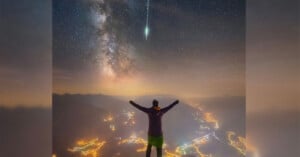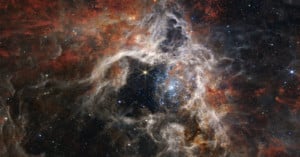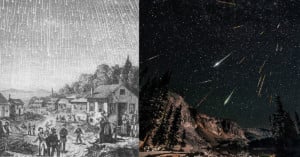
Behind This Once-In-a-Lifetime Photo of a Meteor Streaking by Andromeda
Spanish photographer Jose Pedrero captured a brilliant night sky image last August that demonstrates the magic that can happen when experience, preparation, and serendipity combine in the field.
























